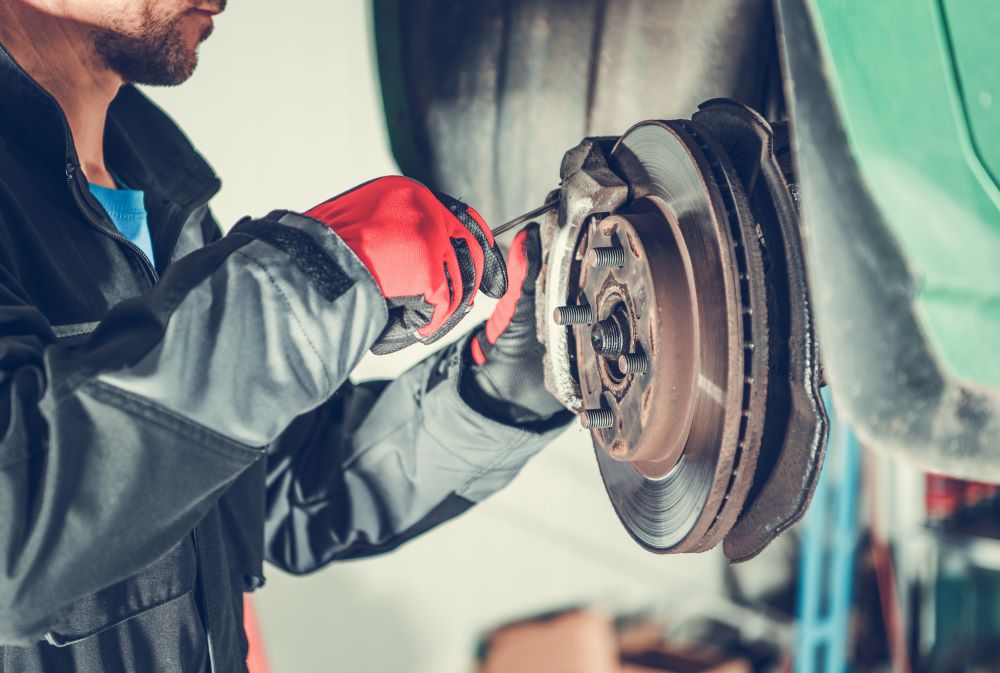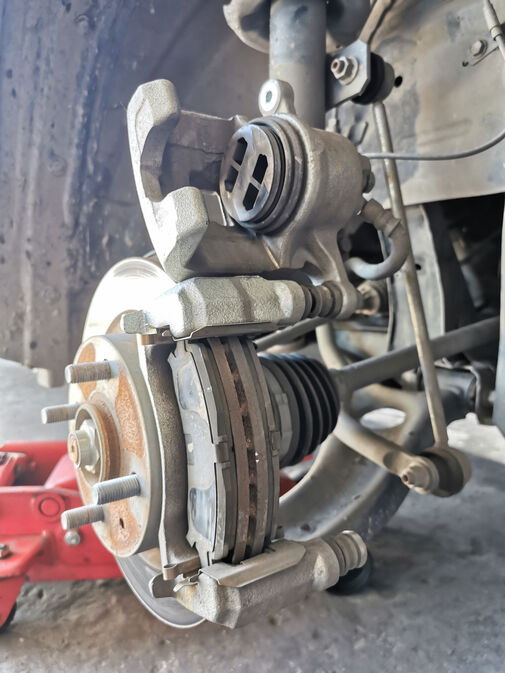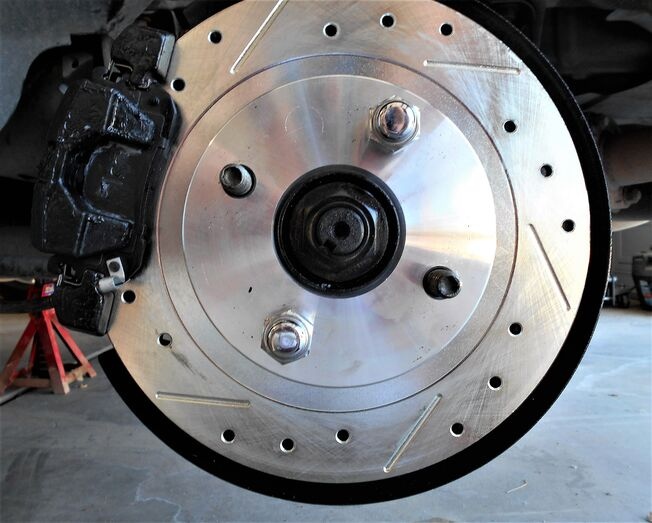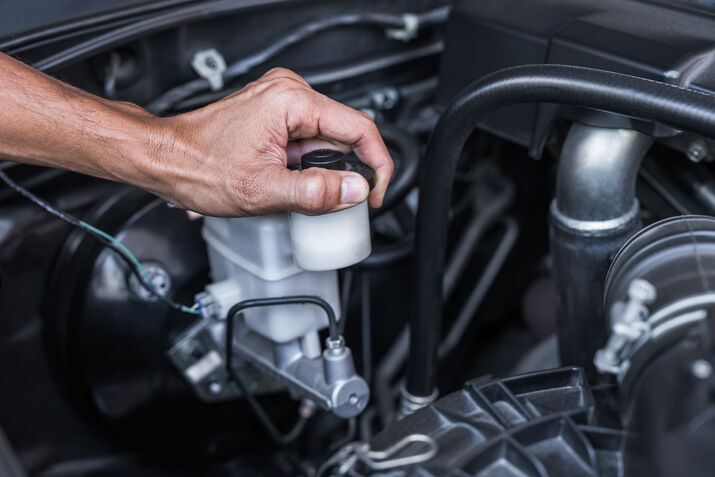9000+ Cashless Garages
1.2 Cr+ Policies Sold

9000+ Cashless Garages
1.2 Cr+ Policies Sold



The safety and efficiency of your car depend on your ability to keep ideal braking performance. If you are an everyday commuter or passionate car owner, improving braking power for better and safer stoppages can be of great advantage.
This article outlines methods for improving brake performance for smoother and safer drives.
To improve the braking performance of an automobile, one should consider changing pads to upgraded ones. The standard brake pad is meant for everyday driving, while the high-performance pad offers better friction and heat dispersion. In doing so, better stopping distance and total braking force is achieved.

It is essential to incorporate quality brake rotors together with efficient brake pads. Slotted or drilled brake rotors can provide better heat dissipation, thus reducing the chances of brake fade. This also applies to the new generation of rotors that are more efficient at removing water from the surface during rainy weather conditions. Go for long-lasting rotors made of carbon ceramic or high-carbon steel, providing high performance.

It is worth noting that brake fluid is an integral component of your braking system performance. Brake fluid sometimes takes up moisture with time, rendering it ineffective. Change your regular brake fluid and keep it flushed with performance-grade brake fluid, which has better-boiling points and can deliver consistency in braking conditions.
Consider obtaining the recommended brake fluid specifications from your car manual or a professional mechanic.

Over time, the brake lines in a vehicle can stretch, leading to a spongy pedal feel and a decrease in braking response. To address this issue, it is recommended to use stainless steel braided brake lines. These lines are more expansion-resistant than rubber, resulting in a more consistent and precise pedal feel for better control.
If you want to enhance your vehicle's braking power, installing a brake booster is recommended. The brake booster uses hydraulic pressure to amplify the forces applied to the brake pedal, resulting in a quicker and more efficient stop. Although a brake booster has many advantages, it is essential to remember that professionals should only carry out the installation process.
A car’s braking system relies significantly on driving habits as they contribute to its durability and general well-being. Here are a few of them:
One way to take care of your brake system is by using a progressive or gradual braking method. Be prepared for the changes in traffic flow. Slowly press the brake pedal. The slow, gradual braking alleviates the strain on brake elements, thus curtailing friction and, hence, heat generation. It helps give a more pleasant ride while also saving on fuel.
Anticipate traffic changes and road conditions and act promptly. Look ahead of yourself and prepare for your stops beforehand so as not to apply brake abruptly. This benefits your brakes and enhances overall traffic flow and safety.
Braking heavily while descending generates too much heat for the system and is highly taxing. Rather than constantly pressing on the brake, use engine braking or downshifting (for models with manual transmissions) to manage your speed while descending. With this method, one can always control the speed without much dependability on the breaks.
Stop-and-go driving occurs daily on city streets with heavy traffic, which usually accelerates brake wear. Make sure that the speed is continuous to minimise frequent braking. If one expects a delay, briefly release the brakes by placing the car on neutral gear (for automatics).
Drive with care on a wet road or an icy surface. Brakes could be more effective on wet roads. Hence, aggressive braking leads to skids. Widen the gap between vehicles, cruise at a safe velocity, and apply gradual pressure to your brakes to minimise stress on the system.
Issue: Sounds of squeaking, squealing, or grating when braking.
Troubleshooting: Ensure that your brake pads and rotors are kept intact. Check rotors for any sign of scoring or warping, and replace the pads when worn out. Apply grease on the calliper slides, and check the rotation of the pads and rotors.
Issue: The brake pedal feels soft and has no stiffness.
Troubleshooting: Low brake fluid levels indicate a leak, so check for it. Check for leaks on the brake lines and connections. If necessary, bleed the brake system to eliminate air. These could be due to the worn-out brake pads or the lousy master cylinder.
Issue: Vibrations/pulsations felt through the brake pedal while braking.
Troubleshooting: Check and examine rotor blades for indications of warpage or imparity in the tread. Consider resurfacing or replacing rotors. Check for correct torque on the lug nuts. Inspect loose or worn-out components of the suspension system.
Issue: Applying the brakes causes the car to pull towards a specific direction.
Troubleshooting: Check that there is no uneven wear or calliper stick. Check for brake fluid leaks. To begin with, check tire pressure and align the wheels. Conduct a professional checkup of the brake system.
Issue: Smelling burnt rubber after hard braking.
Troubleshooting: The brake overheats due to aggressive driving or brake dragging. Look for glazing or excessive heat damage in brake pads and rotors. Tackle them instantly to minimise any additional harm.